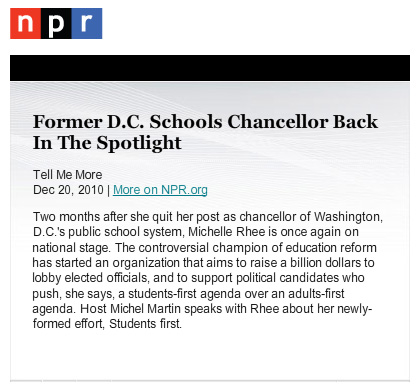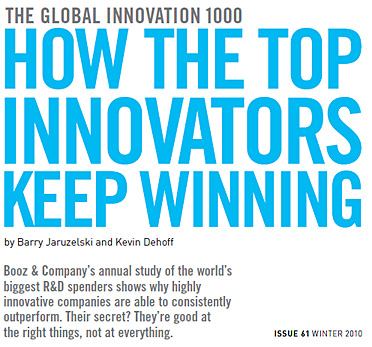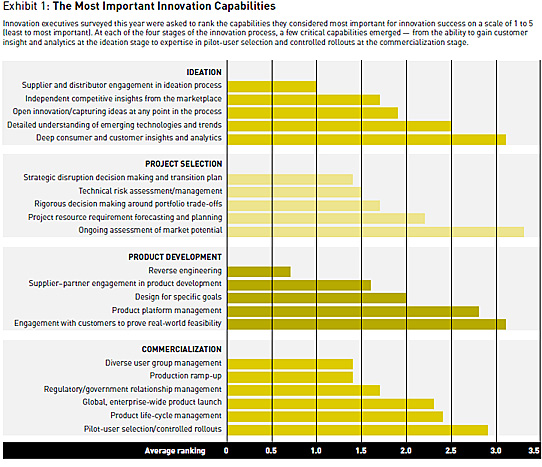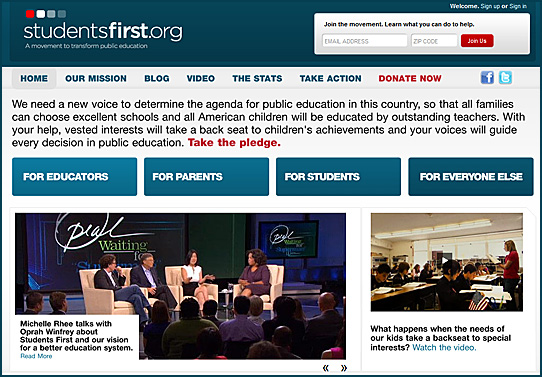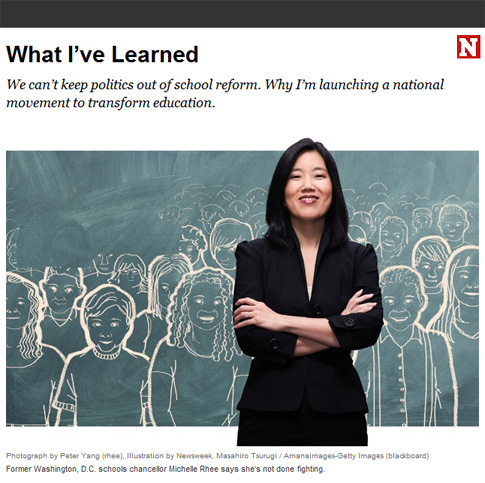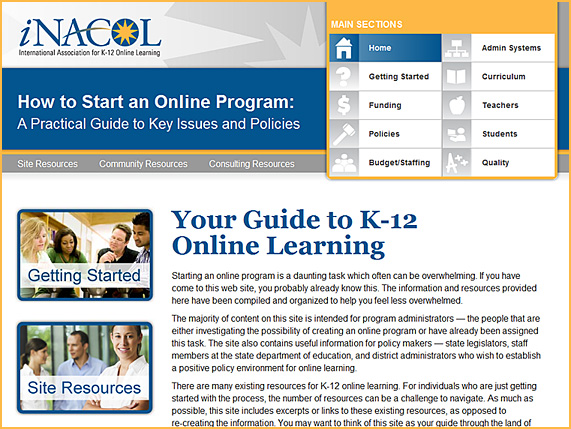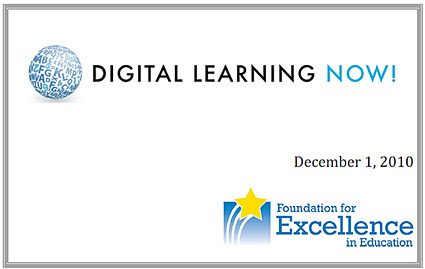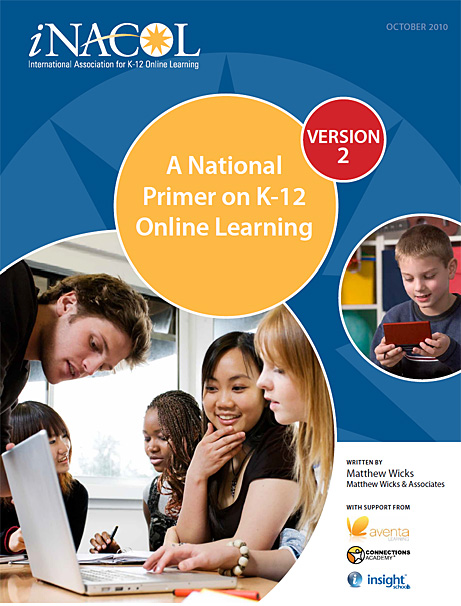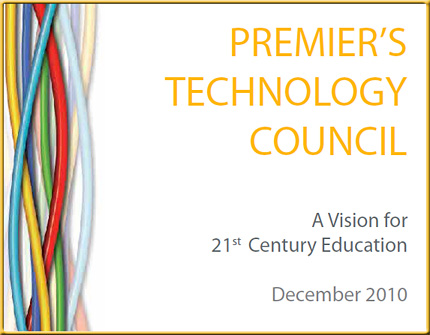
Table of Contents
Executive Summary
Introduction
Building a Knowledge-Based Society
The Needs of a Knowledge-Based Society
Case Study: Finland
Vision of Education for the 21st Century
Case Study: Singapore
How Would the System Function?
Case Study: China
Shifting Roles
Conclusion
Appendix A – Measuring 21st Century Skills
Numeracy and Mathematics
Reading Literacy
Creativity
ICT/Technological Literacy
Digital Literacy
Appendix B – Consultations & Acknowledgments
Appendix C – PTC Members & Staff
Bibliography
Some quotes:
From Learning Information to Learning to Learn:
The system must place greater emphasis on the learning of skills over the learning of content.
From Data to Discovery:
Content will have to evolve constantly, not only to remain relevant but so students are ready to deal with how rapidly information changes in a knowledge-based society.
From One Size Fits All to Tailored Learning:
As students progress they will increasingly access and engage with their own content, at their own pace of learning and take an increasing role in charting a path best suited to those talents, interests and abilities.
From Testing to Assess to Assessing to Learn:
Technology allows educators and students to assess progress more regularly than with traditional classroom assessments and to identify and address each student’s challenges as they arise. This is in contrast to tests and exams that measure what a student learned at the end of an instructional unit by which time it is often too late to address shortcomings.
From Classroom Learning to Lifelong Learning:
Lifelong learning can be encouraged by incorporating aspects of a student’s life outside of school into their education.
How would the system function?
- A Blended System:
The system would have a mixture of face-to-face classroom and online learning. It would also incorporate the immense range of learning opportunities outside the classroom. Some students would prefer a heavier emphasis on classroom learning while others may prefer the options of online learning. There has already been a strong uptake of online learning in BC.
- Access to Learning Objects and Teaching Tools:
Technology allows for better access to learning objects, teaching tools, and information. This is important for students, parents and teachers to collaborate in creating an individualised learning path that incorporates the information they need to know in more customised ways.
- Open Access to Information Systems:
Students need to be able to access information. Unfettered (but not unguided) access will allow them to learn and to teach themselves as they go forward. Furthermore, access to information will allow students to make informed decisions about their interests and understand the implications of new information for potential career decisions.
- Constant Feedback and Assessment:
While the system will be more flexible, there is a need for assessment based standards that will be higher in the future than they are today. Technology can provide new options for assessment and improving learning outcomes. In particular it allows for timely assessment so that students, parents and teachers can be informed during, not after, learning and in ways that allow for correction and celebration.









